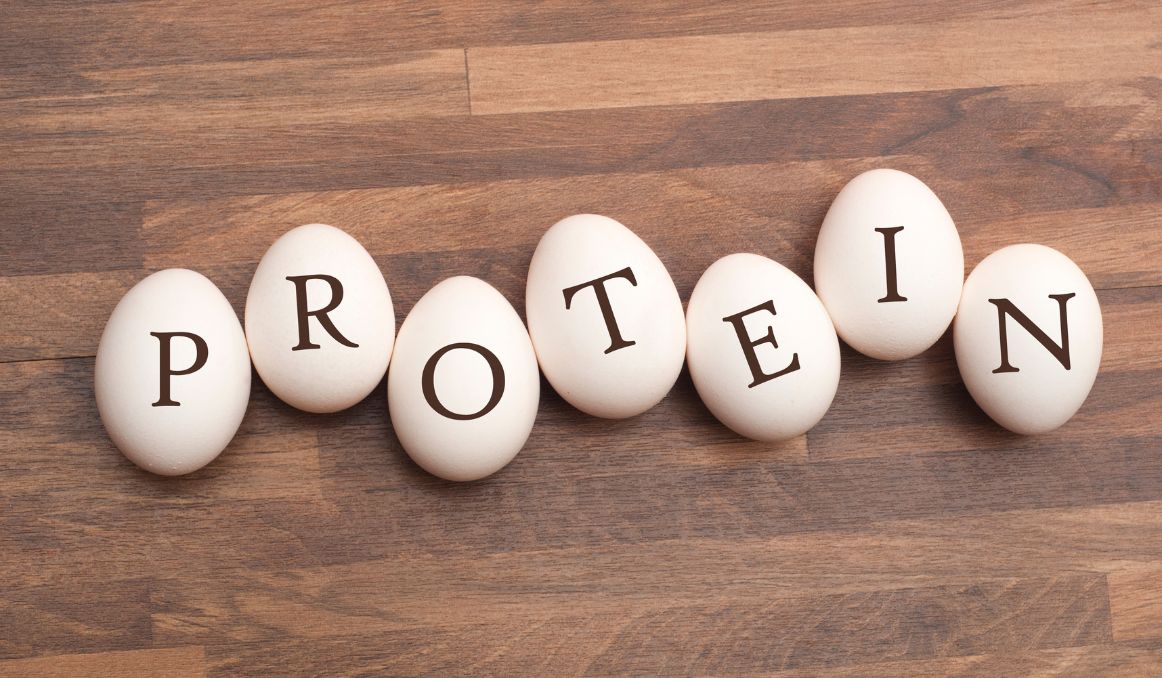Does Beer Have Protein?
So someone told you beer has protein, so you can drink all you want if you’re planning for strength training or working on increasing muscle. Or, conversely, you’re a brewer wondering if you can market your beer as a source of protein. The question is, does beer have protein? And if so, why and what can you do with it as a consumer and as a brewer?
The simple answer to the first question, does beer have protein, is yes.
Beer has protein.
The answer to the second and third questions is a bit more complex.
Protein in Beer

Almost all beer will have protein because beer has grain and yeast, both of which are natural protein sources.
The most common grain used in beer is barley, and barley has a fair amount of protein. Corn, wheat, oats, and even quinoa, all grains used in beer, are great sources of plant based protein.
Yeast is also a rich source of plant based protein.
Combine the two, yeast and a beer grain, and you have a pretty high content of protein in beer.
Furthermore, hops are also a source of protein, so virtually every ingredient used in the vast majority of beers contains proteins.
But, why does this matter?
The Power of Protein
First, protein is one of the building blocks of human health. We humans cannot survive without protein. If we get the wrong sources of protein in fact, we can quickly develop jaundice, create liver and kidney problems, and develop brain damage.
All from not getting enough, or the right kind, of protein.
Protein is in every single cell in the human body; it is used to repair cells and to eliminate dead, and zombie, cells. It is critical to the growth and development of babies, children, and teens into adults.
Protein is also critical to building muscle and to avoid loss of muscle, which is essential as we age.
As falling is the number one cause of injury-related deaths among the elderly, and falling is often caused by lack of muscle, strength, and coordination, it is critical to ensure we get enough protein in our diets, which is grossly underestimated by most people.
Why We Need Protein in Beer
And protein is not just crucial to human growth, development, and overall health; it is also elemental in the production of beer.
Each protein source in beer, from the grain to the yeast to the hops, serves a purpose.
Proteins in beer, which all come from plant sources, are essential because of their enzymes, which serve to break down grains into their sugary goodness.
Without protein, yeast would have nothing to ferment, which, when you think about it, makes sense. Yeast comes with its own proteins to break down the sugars and convert them to alcohol. Yeast calls upon the additional protein help found in the grains and the hops to further break down the grain for fermentation.
High protein grains and lots of hops will result in a hazy, cloudy beer, and lower protein grains, like barely, and fewer hops, will result in a clearer, more filtered beer.
You can literally see the proteins suspended in hazy beers, forming clouds and striations that were once thought to be a contaminant but are actually a simple and natural byproduct of having used a grain such as wheat or oat.
Protein is also essential to the formation and retention of head.
While carbon dioxide will create the foam at the top of your frosty beverage, it is the protein that creates a protective barrier around the foam, or not if your beer is lower in protein.
Thus, protein can be a blessing and a curse for brewers, and it can often come down to a delicate balancing act between too much and too little.
Too much protein and you end up with a hazy cloudy beer that your drinkers may not be hoping for.
Too little protein and you may end up with head that falls fast and beer that goes flat.
It all comes down to experimenting with the right combination of grains, yeasts, and hops for the brew you are aiming to produce.
Can Beer Be Your Source of Protein?

Now, many breweries have tried, and failed, to brew and market high protein beers as health drinks for runners and other athletes.
Why did they fail?
Well, the reality is that alcohol and muscle growth are simply incompatible.
So while you may have a high protein beer, with the highest protein grain, extra hops, and perhaps even a whey protein supplement added, the alcohol in the beer will interrupt the production and the maintenance of healthy muscle.
This reality is something to keep in mind for brewers and fitness enthusiasts alike.
While beer drunk in moderation, especially craft beer drawing on natural ingredients and processes, can be an excellent source of probiotics and other essential nutrients, and it can also just be a fun beverage to down with a few friends, it is not a source of healthy protein for the purpose of growth and development at any level.
The protein may do its work in the body, but the alcohol basically undoes all that work.
So, drink your beer, brew your beer, and know how to find that balance between too much and too little protein for the purpose of haziness and head retention, but stay away from hoping for or marketing your beer as a protein source.
For a true protein source, turn to animal products like meat, eggs, and dairy, or plant based proteins in combination with other healthy plants, like quinoa with avocado.
Enjoy your protein for health reasons, and enjoy your beer just for being beer.
Cheers!
Passionate about the beer and/or wine making process? So are we! If you’re interested in finding out how you can use our technology to control fermentation and monitor your yeast, save work hours and improve the cost-efficiency of your business, drop us a line at [email protected] or check out our product pages:
- Oculyze BB 2.0 (Better Brewing) Yeast Cell Counter App + Hardware
- Oculyze FW (Fermentation Wine) Yeast Cell Counter App + Hardware
Also, you can now get access to a fully functional demo account to test your yeast via our Web App. Completely free of charge and with no commitment to purchase.
Sources:


